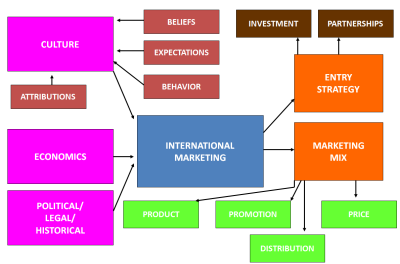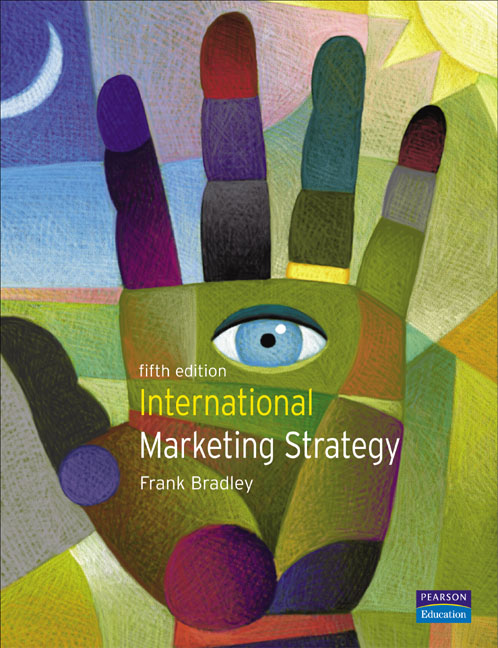International Marketing Biography
MMM is a relatively new area of application. In the last 10 years though many CPG companies have adopted MMM. Many Fortune 500 companies such as P&G, Kraft, Coca-Cola and Pepsi have made MMM an integral part of their marketing planning. This has also been made possible due to the availability of specialist firms that are now providing MMM services.
Marketing-mix models were more popular initially the CPG industry and quickly spread to Retail and Pharma industries because of the availability of Syndicated Data in these industries (primarily from Nielsen Company and SymphonyIRI Group and to a lesser extent from NPD Group). Availability of Time-series data is crucial to robust modeling of marketing-mix effects and with the systematic management of customer data through CRM systems in other industries like Financial Services, Automotive and Hospitality industries helped its spread to these industries. In addition competitive and industry data availability through third-party sources like Forrester Research's Ultimate Consumer Panel (Financial Services), Polk Insights (Automotive) and Smith Travel Research (Hospitality), further enhanced the application of marketing-mix modeling to these industries. Application of marketing-mix modeling to these industries is still in a nascent stage and a lot of standardization needs to be brought about especially in these areas:
Interpretation of promotional activities across industries for e.g. promotions in CPG do not have lagged effects as they happen in-store, but automotive and hospitality promotions are usually deployed through the internet or through dealer marketing and can have longer lags in their impact. CPG promotions are usually absolute price discounts, whereas Automotive promotions can be cashbacks or loan incentives, and Financial Services promotions are usually interest rate discounts.
Hospitality industry marketing has a very heavy seasonal pattern and most marketing-mix models will tend to confound marketing effectiveness with seasonality, thus overestimating or underestimating marketing ROI. Time-series Cross-Sectional models like 'Pooled Regression' need to be utilized, which increase sample size and variation and thus make a robust separation of pure marketing-effects from seasonality.
Automotive Manufacturers spend a substantial amount of their marketing budgets on dealer advertising, which may not be accurately measurable if not modeled at the right level of aggregation. If modeled at the national level or even the market or DMA level, these effects may be lost in aggregation bias. On the other hand going all the way down to dealer-level may overestimate marketing effectiveness as it would ignore consumer switching between dealers in the same area. The correct albeit rigorous approach would be to determine what dealers to combine into 'addable' common groups based on overlapping 'trade-areas' determined by consumer zip codes and cross-shopping information. At the very least 'Common Dealer Areas' can be determined by clustering dealers based on geographical distance between dealers and share of county sales. Marketing-mix models built by 'pooling' monthly sales for these dealer clusters will be effectively used to measure the impact of dealer advertising effectively.
The proliferation of marketing-mix modeling was also accelerated due to the focus from Sarbanes-Oxley Section 404 that required internal controls for financial reporting on significant expenses and outlays. Marketing for consumer goods can be in excess of a 10th of total revenues and until the advent of marketing-mix models, relied on qualitative or 'soft' approaches to evaluate this spend. Marketing-mix modeling presented a rigorous and consistent approach to evaluate marketing-mix investments as the CPG industry had already demonstrated. A study by American Marketing Association pointed out that top management was more likely to stress the importance of marketing accountability than middle management, suggesting a top-down push towards greater accountability.
International Marketing
International Marketing
International Marketing
International Marketing
International Marketing
International Marketing
International Marketing
International Marketing
International Marketing
International Marketing
International Marketing
International Marketing
International Marketing
International Marketing
International Marketing
International Marketing
International Marketing
International Marketing
International Marketing
International Marketing




















No comments:
Post a Comment